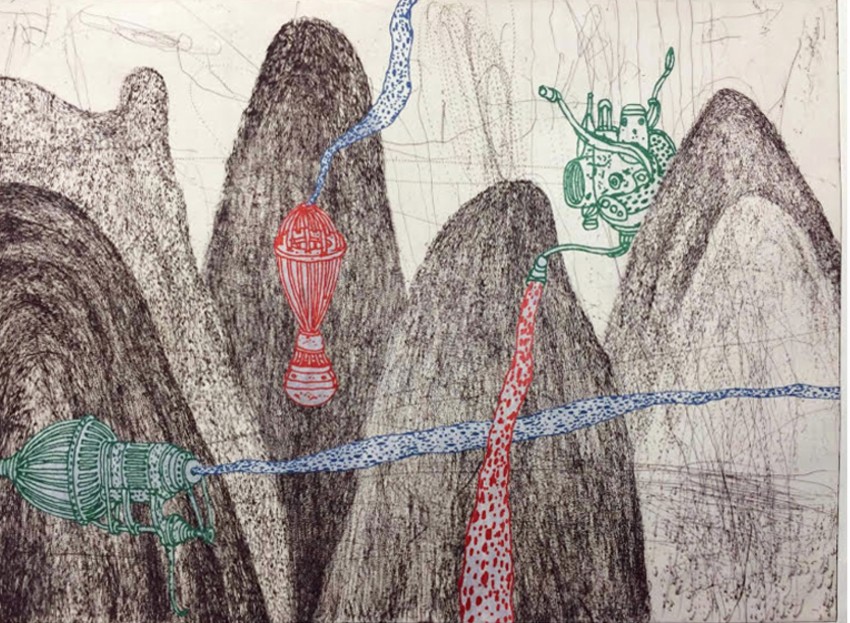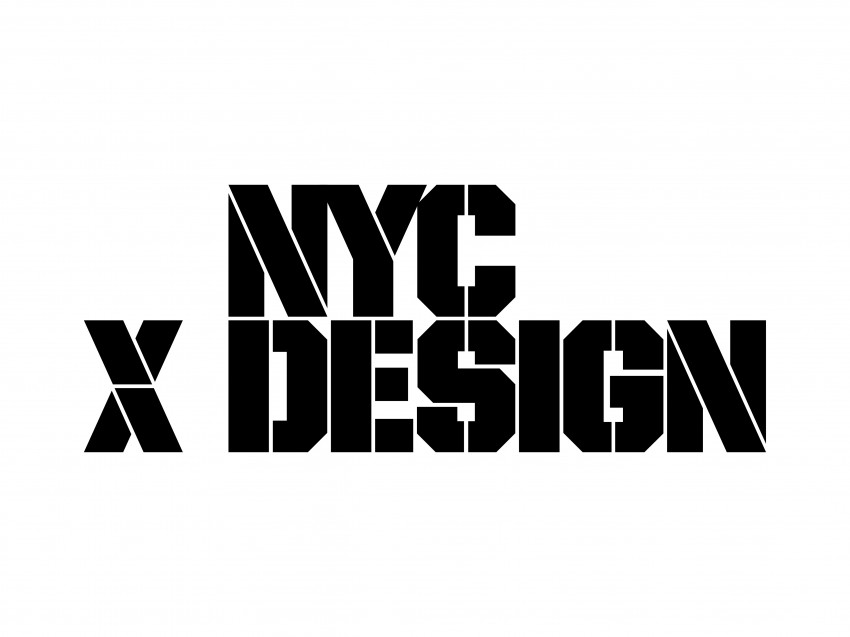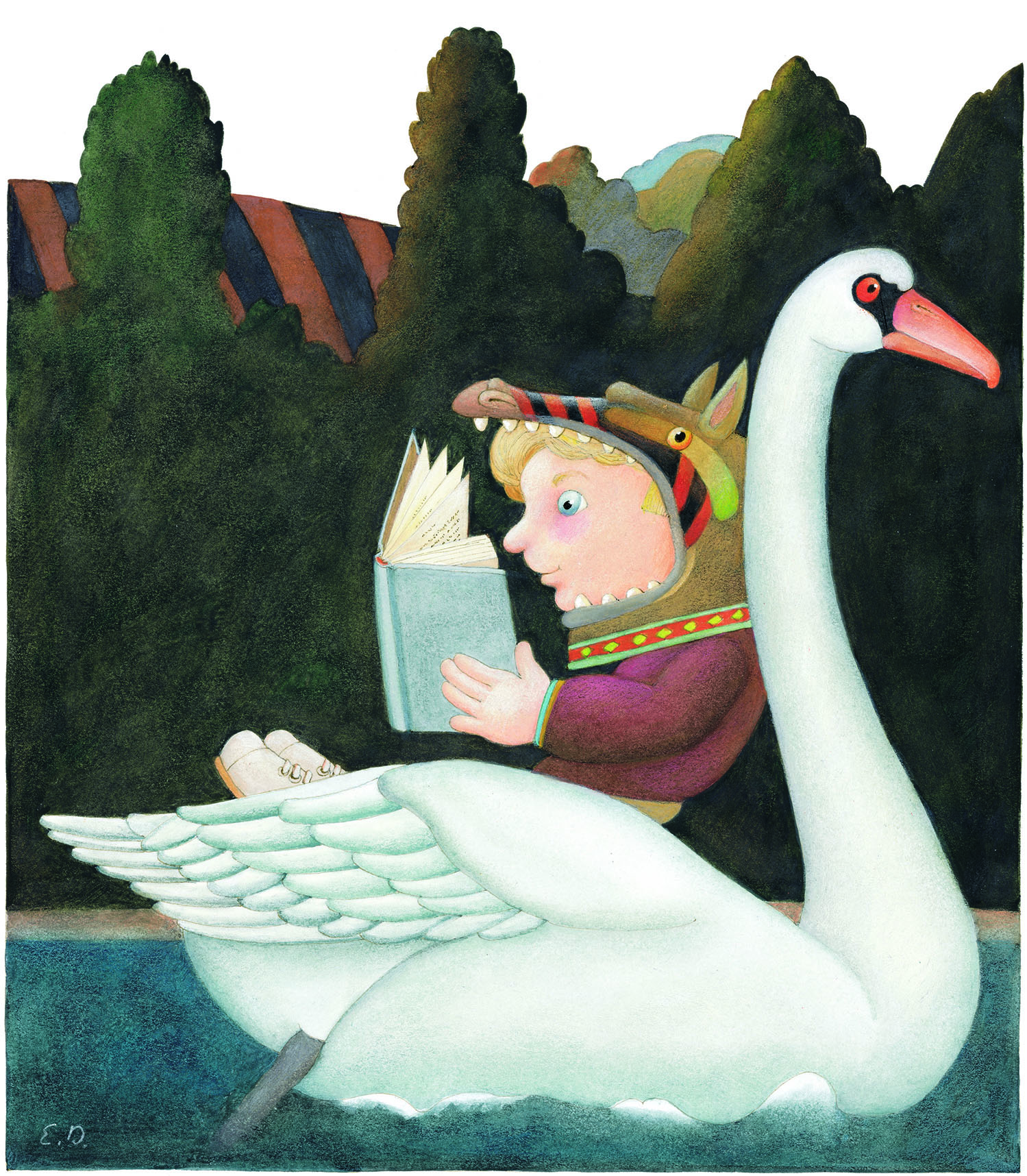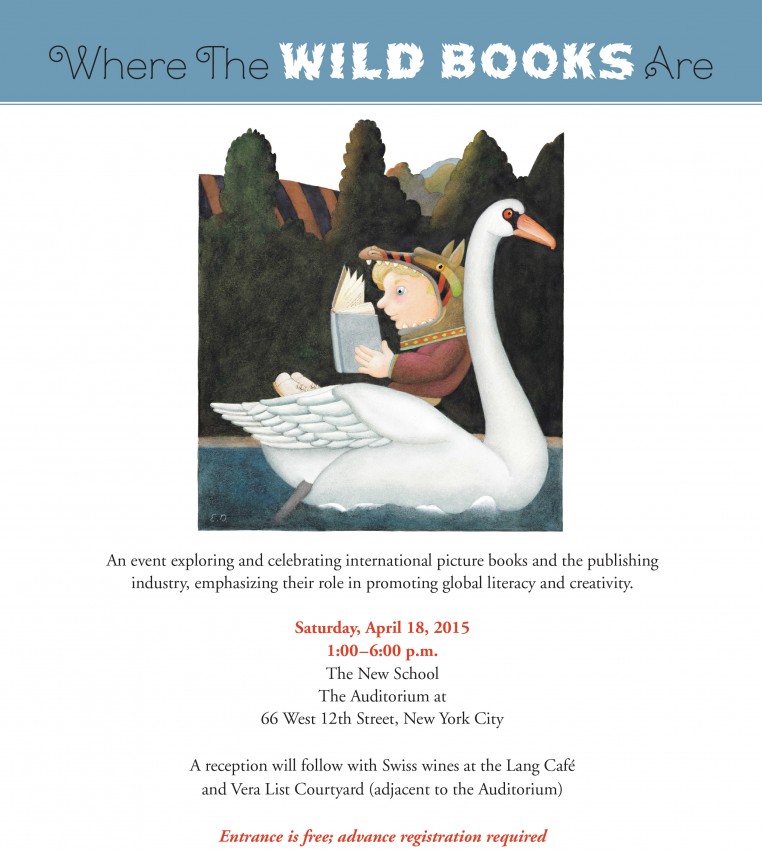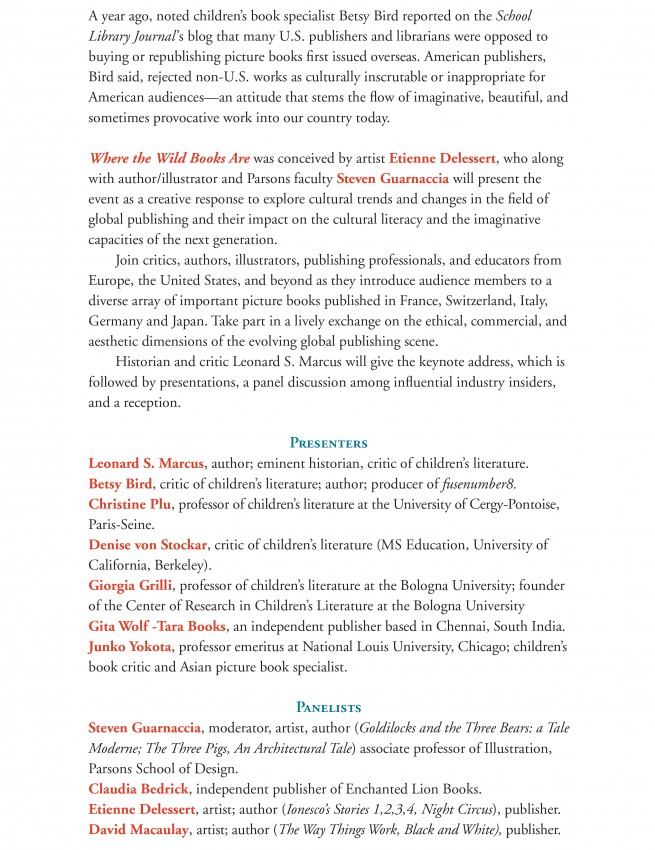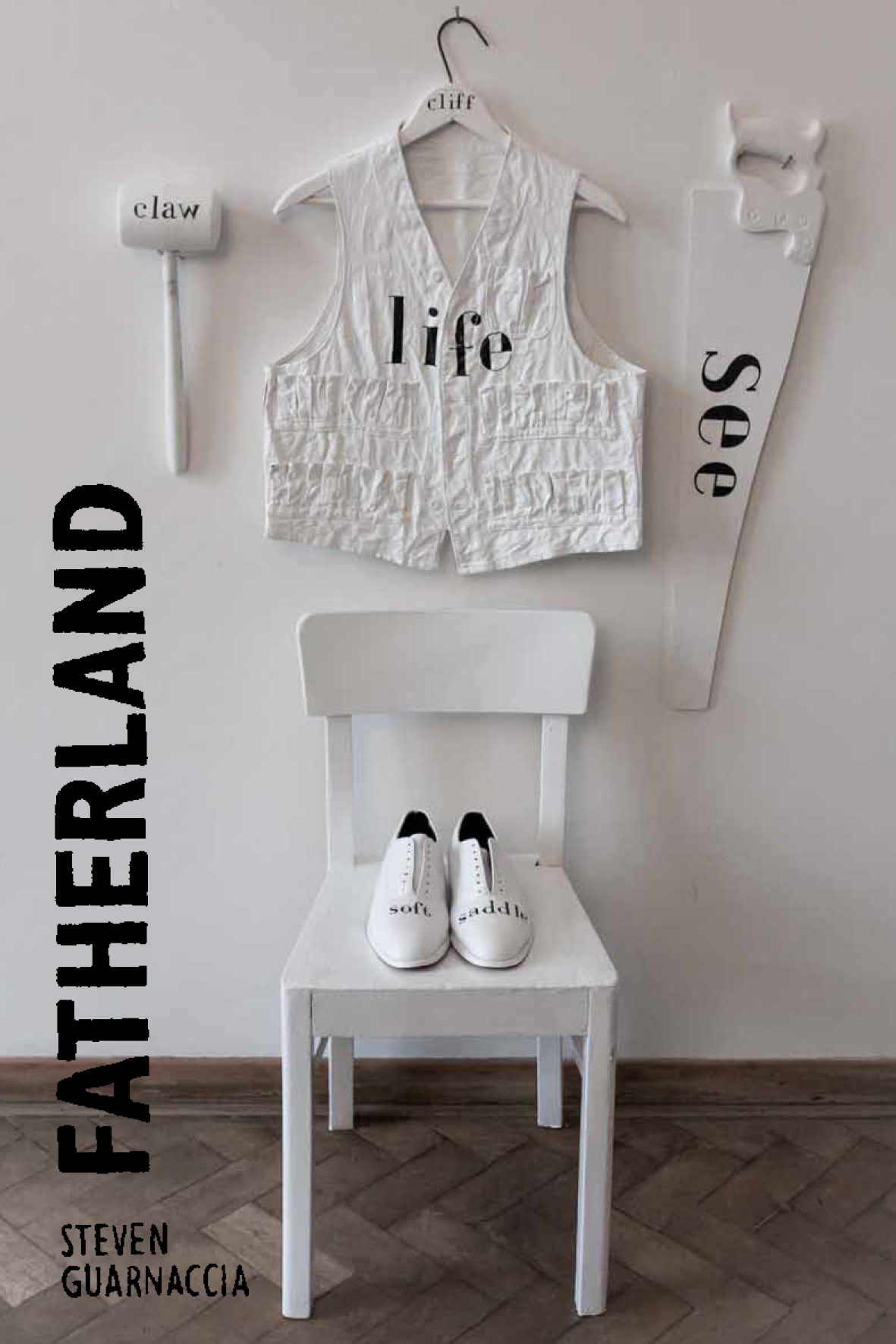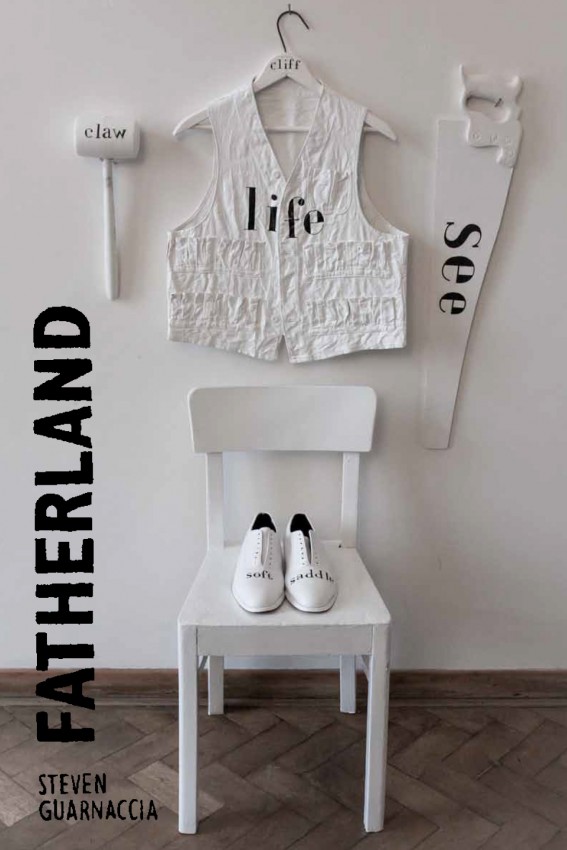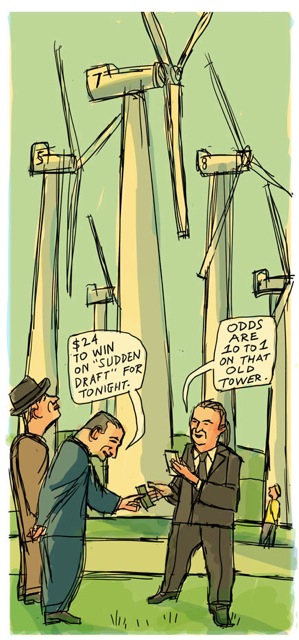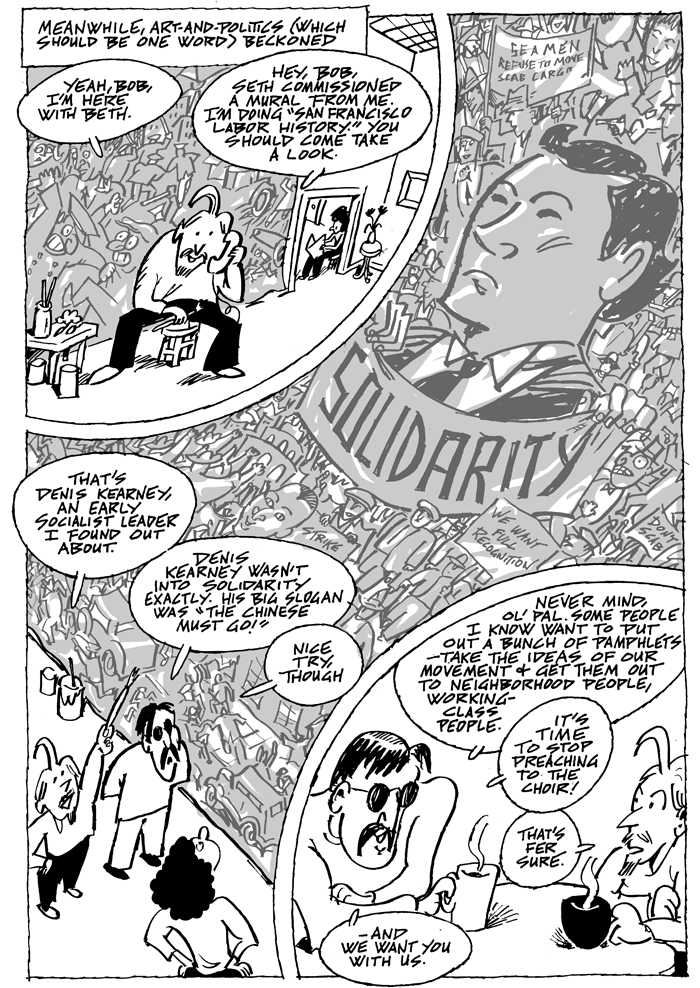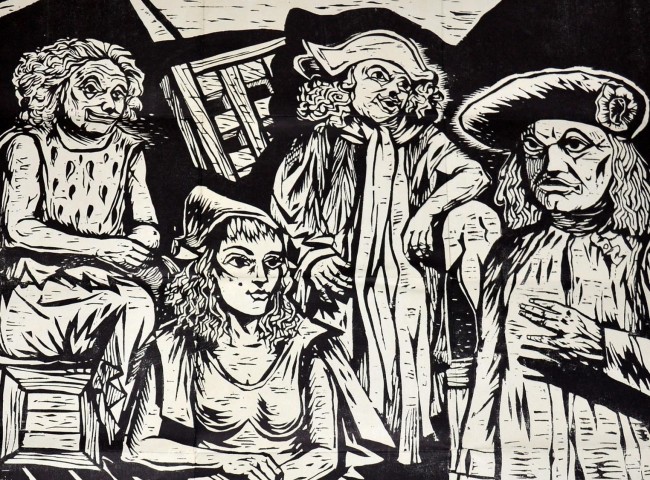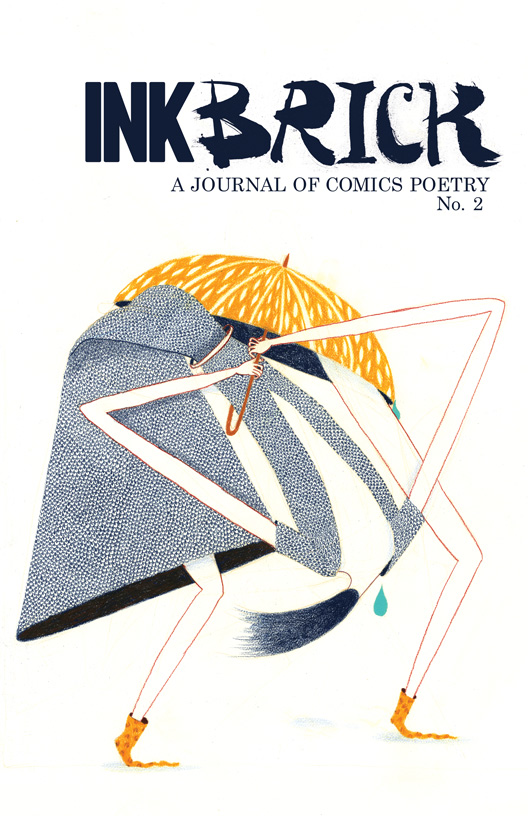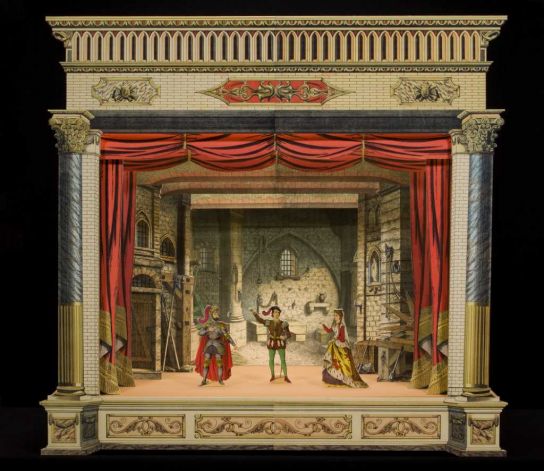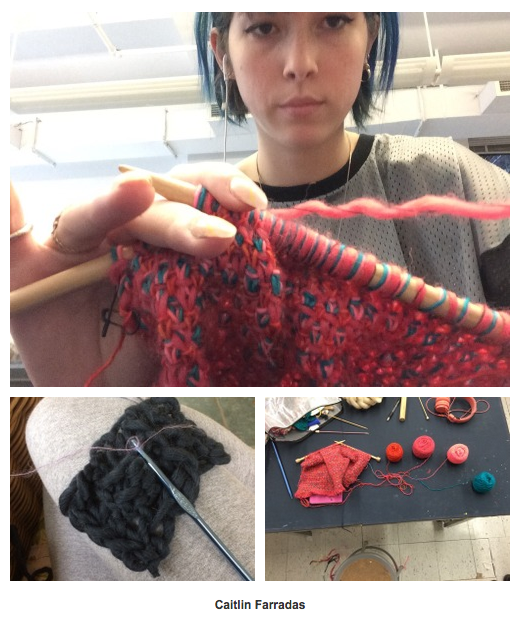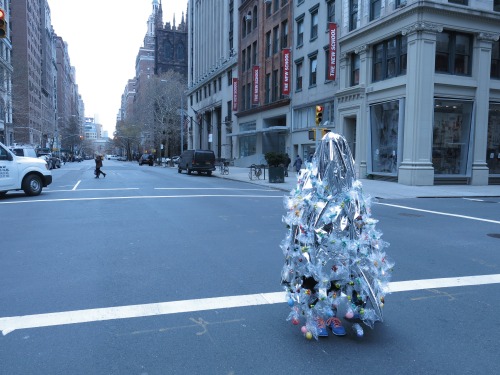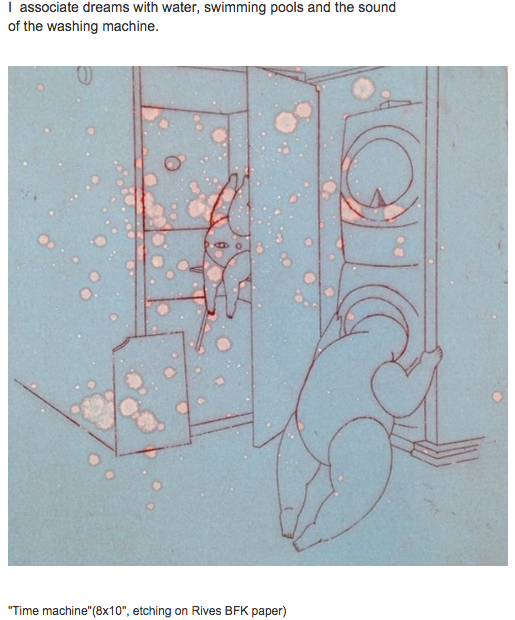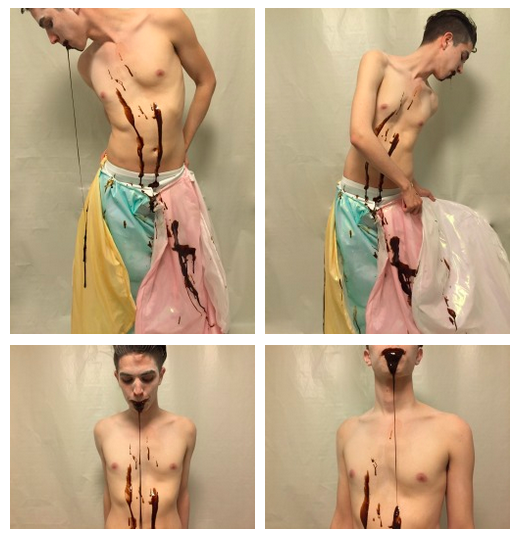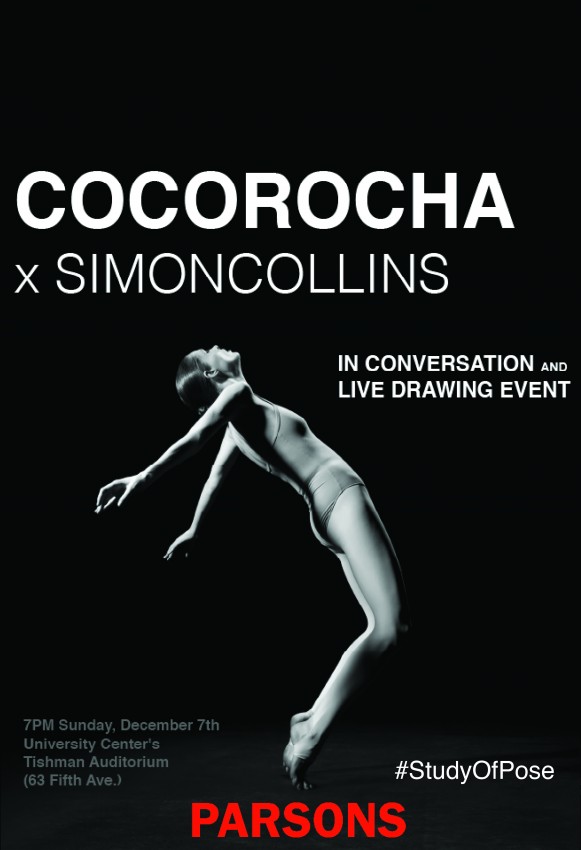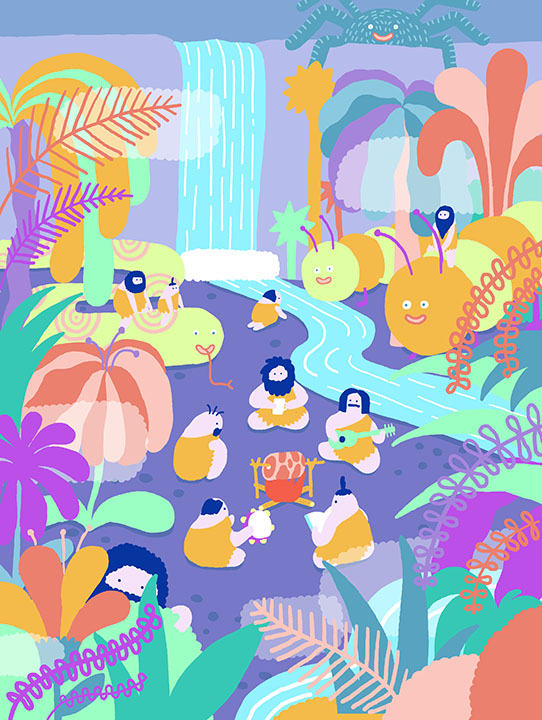Nick Thorkelson will talk about his projected book-length nonfiction comic on Marcuse, the German philosopher who was a mentor to the 1960s radical movements. The talk will also survey the field of pedagogical comics, from Rius and Rifas to Gonick and Sacco, and Nick’s contributions to that field which include The Underhanded History of the USA, The Comic Strip of Neoliberalism, Economic Meltdown Funnies, and short comics about Mr. Block, Kenneth Patchen, Yiddish poets, radical Christians, and the origins of modern jazz.
The Marcuse book situates Herbert Marcuse in the world of German anti-fascist refugees (Brecht, Adorno, Fritz Lang, Walter Benjamin, etc.), their debates regarding “high” and “low” art, and their contributions to American culture, which arguably include film noir and its poor relations, “Crime Does Not Pay” and “The Spirit.” The book will incorporate Nick’s latest comics story, “You Had to Be There,” about the German historian George Mosse who excited midwestern college students in the 1960s and ’70s with his explorations of the detritus of European popular culture.
NICK THORKELSON is a former editorial cartoonist for the Boston Globe who creates comics and cartoons for groups working on industrial safety, worker rights, social welfare, peace, and the environment. For the last ten years he has worked closely with historian Paul Buhle on a series of nonfiction comics, including a 4-pager on the 50th anniversary of Herbert Marcuse’s One Dimensional Man which appears in the current issue of Jewish Currents.
Feb 3 – Jonah Kinigstein on his work and the legacy of Modern Art.
Feb. 10 – Aidan Koch on her work
Feb. 17 – Alexander Rothman and Archie Rand: on Poetry Comics
Feb. 24 – Frank Santoro on his work and teaching

March 3 –Paul Tumey on Forgotten Funnies: of America in the Comics of Percy Winterbottom, Dwig, and Ving FullerForgotten today, the works of these three cartoonists were widely published and enjoyed a respectable readership in their successive eras. Presenting rare comics and original research, comics scholar and writer Paul Tumey paints a four-color triptych of lost comics masters:Percy Winterbottom was a pen name for George Beckenbaugh, a humorist/cartoonist who had a brief career in comics in the late 1890s until he died in 1901 at age 36. He conceived of Klondike, a strange, satirical comic strip, presented in deliberately comically primitive art and language, about a parade of larger than life American archetypes that reflect what American music scholar Greil Marcus has called the “old, weird America.”
Clare Victor “Dwig” Dwiggins came of age in idyllic rural America in the late 1800s and worked in comics from 1900 to the 1950s. He enjoyed a boyhood much like that of Mark Twain’s characters Tom Sawyer and Huck Finn. Working at first in whimsical illustrations and screwball comics, Dwig later sought to recapture his magical childhood in syndicated comics like School Days, and Tom Sawyer and Huck Finn, reflecting the rise of nostalgia in industrial America.
Ving Fuller’s career spans the 1920s to the early 1960s. He was the barely successful cartoonist brother of famed Hollywood maverick filmmaker Sam Fuller. Creator of the first psychiatrist in comics, Doc Syke, Fuller made urban screwball comics that dealt with a host of post-war American neuroses, including gags about the atomic bomb that first appeared mere weeks after Hiroshima and Nagasaki.
When juxtaposed together, the lives and work of these three obscure cartoonists tell a larger story that helps shed light on American comics and culture in the first half of the twentieth century.
Paul Tumey was a co-editor and essayist for The Art of Rube Goldberg (Abrams ComicArts 2013). He was also a contributing editor and essayist of Society is Nix (Sunday Press, 2013). His essay on Harry Tuthill appears as the introduction to The Bungle Family 1930 (IDW Library of American Comics, 2014). His work can be read regularly in his column, Framed! at the online Comics Journal (www.tcj.com).
March 10 – Kent Worcester on Ten Great Cartoonists You’ve Never Heard Of?
March 17 – William Foster on The image of African Americans in early American Comic Books: 1940-50.”
March 31 – Rick DesRochers on Marx bros. school boy act
&
Ian Lewis Gordon on The Boy Comic Strip: Towards an International History of Comics
Trying to write international histories of comics presents numerous problems including most obviously command of a range of languages. But beyond that what sort of organizing principles would best capture the interplay across countries and cultures. Should people try to write histories that trace artists and influences across national boundaries with attention to whom influenced whom and the extent of that influence and similar sorts of questions? Or perhaps focussing on genres of comics, like various incarnations of the mischievous boy in comics, might show more about similarities and differences across different comics traditions.
In this discussion I will examine a range of “mischievous boy” comics to talk about some of the possibilities of using genres to create interntional histories of comics. How can we use this cavalcade of kid strips to talk about the history of comics? I think these strips show the similarities and differences across cultures. For instance the mischievous boy is not something that is particular to a given culture. But what these strips tells us is that this plays out in different ways. Some of this is cultural difference writ large and some of it is cultural difference writ small. I will look at comics from America, Australia, the UK and France to suggest a direction for research.
Ian Gordon is an Associate Professor in History at the National University of Singapore. For the academic year 2014-2015 he is a visiting scholar at NYU’s Department of Social and Cultural Analysis. He is the author of Comic Strips and Consumer Culture, and editor of two collections Comics & Ideology, and Film and Comic Books.
April 7 – Drew Friedman’s Heroes & Vaudevillians
April 14 – Ilan Manouach will present a slideshow of his published works and give a talk explaining the idea and providing the background for each book project. He will also present Shapereader, a tactile comic book specifically designed for a visually impaired readership.
Ilan Manouach was born in Athens in 1980. In 2001, he obtained a Bachelor of Visual Arts from the Saint-Lucas Institute of Brussels and started working on open-ended and experimental comics. He is a multidisciplinary artist, with a focused interest in the printed medium, and in tandem, works professionally as a musician and a publisher. He has published more than a dozen solo projects in French language and curated 4 different anthologies bringing together contributions from artists, publishers and writers. His books have received generous support on different occasions both from the National Book Center of France (CNL) the French Community of Belgium and he is a Koneen Saation Fellow in Finland. He is also member of the Errands Group, a very active research group, teaming artists, architects and social scientists studying urban space. He often travels for exhibitions, workshops talks and concerts (Belgium, France, Switzerland, Italy, Portugal, Spain, Denmark, Serbia, Croatia, Romania, Russia, Finland, Austria, Turkey, Brazil, USA, Mexico, Canada).
April 21 – Tom Kaczynski on his work and publishing enterprise, Uncivilized Books.
April 28 – Eric Bernard: A Child’s View: 19th Century Paper Theaters
A rather unique and enchanting entertainment for children emerged at the beginning of the second decade of the 19th century. Before the wide availability of children’s periodicals and mass-produced toys, small tabletop theaters—constructed out of printed paper, adhered to cardboard and mounted on a wooden frame—introduced a unique visual entertainment into homes. Nearly every major European country, as well as the United States, developed its own tradition of paper theater during the 19th century into the early 20th century. It was Juvenile Drama in England, Papiertheater or Kindertheater in Germany, théâtre de papier in France, dukketeater in Denmark, and teatro de los niños or teatrillo in Spain. Today, these small theaters and their vast repertoire of plays remain invaluable records of contemporary professional stage performances and theater design of the 19th century.
Eric Bernard has collected antique paper theaters for 30 years and had an extended exhibition of his collection at the Bruce Museum in Greenwich, Connecticut in 2011. He holds a BA in music from Texas Christian University and an MA in Arts Administration from the University of Cincinnati College-Conservatory of Music. Eric’s career in arts management has included Lincoln Center Theater, the Museum of Modern Art, and, for the past 17 years, the Metropolitan Opera.
May 5 – Lale Westvind: Shake A Line! Images of Motion
Lale Westvind will screen several of her hand drawn animations as well as segments from a new work in progress titled Cunt Eyes. Following the screening there will be a talk and slideshow describing influences, process, function of animation as inner space and the expression of kinetic energy in static and moving images.
Drawing movement has always been a fascination and a goal of Lale Westvind’s work, motion being the life force or energy of the physical space. This lecture will highlight the visual vocabulary created as a means to that end.
Lale Westvind was born in 1987 in New York City. She is a multi-disciplinary artist working in animation, comics and painting. She has self-published over a dozen comic books and two anthologies. A segment of her series Hyperspeed to Nowhere was featured in the 2014 issue of Best American Comics and her self-published comic Hot Dog Beach #2 won an Ignatz Award in 2012.
May 12 – Marc Bell on his work.
For more information, visit: https://nycomicssymposium.wordpress.com
